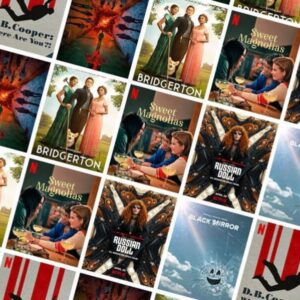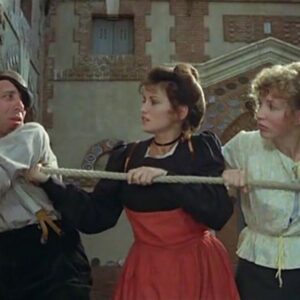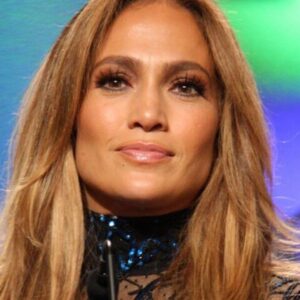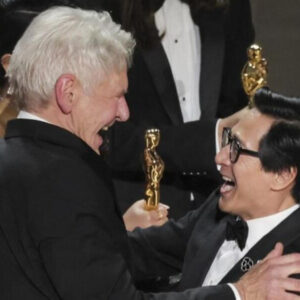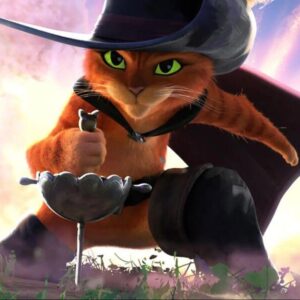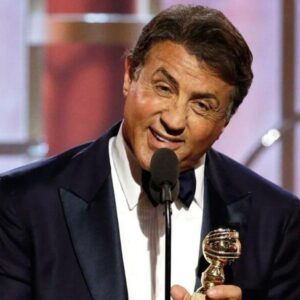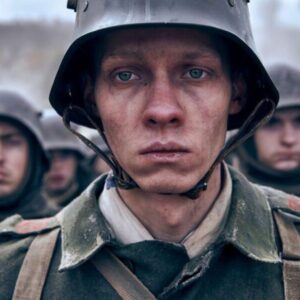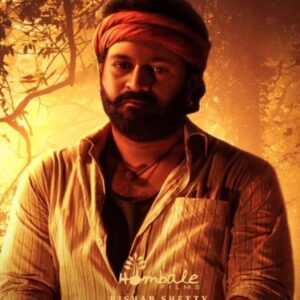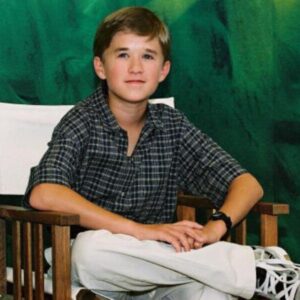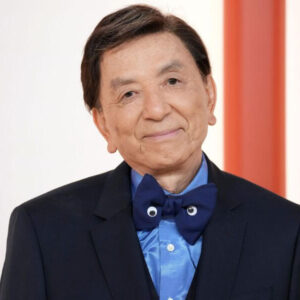What Charleton Heston movie won 11 Oscars in 1960? Charlton Heston (born John Charles Carter; October 4, 1923 – April 5, 2008) was an American actor and political activist. As a Hollywood star, he appeared in almost 100 films over the course of 60 years.
He played Moses in the epic film The Ten Commandments (1956), for which he received his first nomination for the Golden Globe Award for Best Actor – Motion Picture Drama, and the title role in Ben-Hur (1959), for which he won the Academy Award for Best Actor.
What Charleton Heston movie won 11 Oscars in 1960
Charlton Heston
Charlton Heston (born John Charles Carter; October 4, 1923 – April 5, 2008) was an American actor and political activist. As a Hollywood star, he appeared in almost 100 films over the course of 60 years. He played Moses in the epic film The Ten Commandments (1956), for which he received his first nomination for the Golden Globe Award for Best Actor – Motion Picture Drama, and the title role in Ben-Hur (1959), for which he won the Academy Award for Best Actor. He also starred in The Greatest Show on Earth (1952), Secret of the Incas (1954), Touch of Evil (1958) with Orson Welles, The Big Country (1958), El Cid (1961), The Greatest Story Ever Told (1965), Khartoum (1966), Planet of the Apes (1968), The Omega Man (1971) and Soylent Green (1973).
In the 1950s and 1960s, he was one of a handful of Hollywood actors to speak openly against racism and was an active supporter of the civil rights movement. Heston left the Democratic Party in 1987 to become a Republican, founding a conservative political action committee and supporting Ronald Reagan. Heston was a five-term president of the National Rifle Association of America (NRA), from 1998 to 2003. After announcing he had Alzheimer’s disease in 2002, he retired from both acting and the NRA presidency.
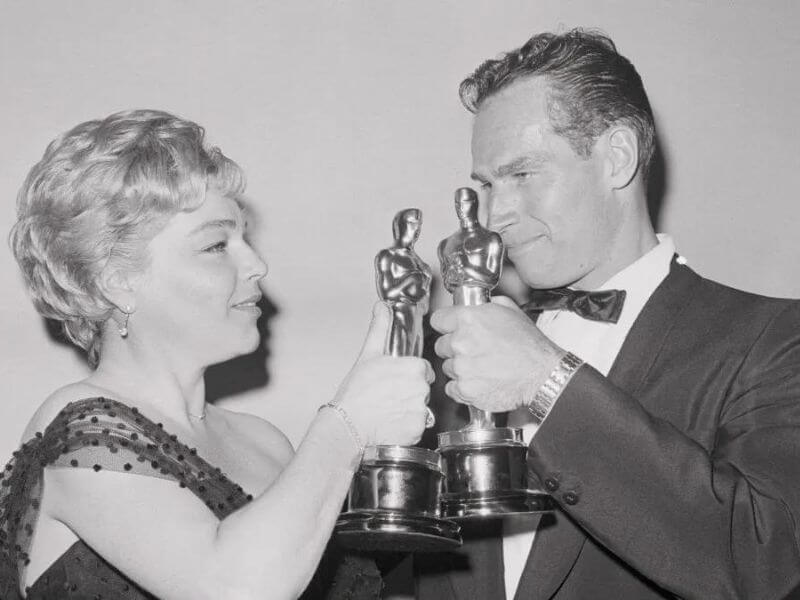
Early life of Charlton Heston
John Charles Carter[1] was born on October 4, 1923, in Wilmette, Illinois, to Lilla (née Baines; 1899–1994) and Russell Whitford Carter (1897–1966), a sawmill operator. Many sources indicate he was born in Evanston, Illinois. Heston’s autobiography stated otherwise.
Heston said in a 1995 interview that he was not very good at remembering addresses or his early childhood. Heston was partially of Scottish descent, including from the Clan Fraser, but the majority of his ancestry was English.
His earliest colonial ancestors arrived in America from England in the 1600s. His maternal great-grandparents and namesakes were Englishman William Charlton from Sunderland and Scotswoman Mary Drysdale Charlton. They emigrated to Canada, where his grandmother, Marian Emily Charlton, was born in 1872.
In his autobiography Heston refers to his father participating in his family’s construction business. When Heston was an infant, his father’s work moved the family to St. Helen, Michigan. It was a rural, heavily forested part of the state, and Heston lived an isolated yet idyllic existence, spending much time hunting and fishing in the backwoods of the area.
When Heston was ten years old, his parents divorced after having three children. Shortly thereafter, his mother remarried and Charlton, with his younger sister Lilla and younger brother Alan, next moved to Wilmette, Illinois. Heston and his two siblings took the surname of his mother’s new husband; they attended New Trier High School. He recalled living there:
- All kids play pretend games, but I did it more than most. Even when we moved to Chicago, I was more or less a loner. We lived in a North Shore suburb, where I was a skinny hick from the woods, and all the other kids seemed to be rich and know about girls.
Contradictions on paper and in an interview surround when “Charlton” became Heston’s first name. The 1930 United States Census record for Richfield, Michigan, in Roscommon County, shows his name as being Charlton J. Carter at age six. Later accounts and movie studio biographies say he was born John Charles Carter. When Russell Carter died in 1966, Charlton’s brother and sister changed their surname from Carter to Heston the following year; Charlton did not.
Charlton was his maternal grandmother Marian’s maiden name, not his mother Lilla’s. This is contrary to how 20th-century references read and what Heston said. When Heston’s maternal grandmother and his true maternal grandfather Charles Baines separated or divorced in the early 1900s, Marian (née Charlton) Baines married William Henry Lawton in 1907.
Charlton Heston’s mother, Lilla, and her sister May were adopted by their grandfather and changed their last name to Charlton in order to distance themselves from their biological father, Mr. Baines, who was an undesirable father figure. The Carters divorced in 1933 and Lilla Carter married Chester Heston. The newly married Mrs.
Heston preferred her children use the same last name as hers. It was thus as Charlton Heston that he appeared in his first film with younger brother Alan Carter (small role), an adaptation of Henrik Ibsen’s Peer Gynt (1941). His nickname was always Chuck.
Heston was an Episcopalian, and has been described as “a spiritual man” with an “earthy flair”, who “respected religious traditions” and “particularly enjoyed the historical aspects of the Christian faith”.
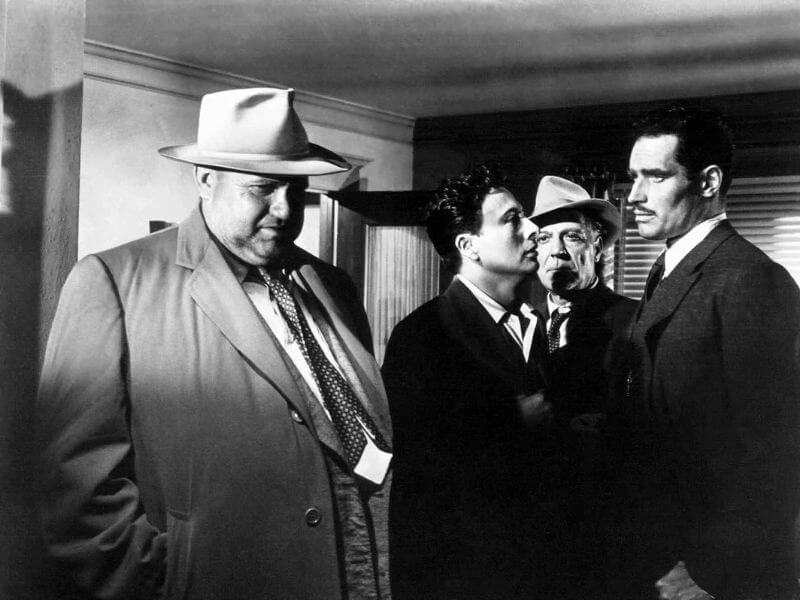
Career of Charlton Heston
Heston frequently recounted that while growing up in northern Michigan in a sparsely populated area, he often wandered in the forest, “acting” out characters from books he had read. Later, in high school, he enrolled in New Trier’s drama program, playing the lead role in the amateur silent 16 mm film adaptation of Peer Gynt, from the Ibsen play, by future film activist David Bradley released in 1941.
From the Winnetka Community Theatre (or the Winnetka Dramatist’s Guild, as it was then known) in which he was active, he earned a drama scholarship to Northwestern University. He attended college from 1941 to 1943 and among his acting teachers was Alvina Krause. Several years later, Heston teamed up with Bradley to produce the first sound version of William Shakespeare’s Julius Caesar, in which Heston played Mark Antony.
World War II service of Charlton Heston
In March 1944 Heston married Northwestern University student Lydia Marie Clarke at Grace Methodist Church in downtown Greensboro, North Carolina. That same year, he joined the military. Heston enlisted in the United States Army Air Forces and served for two years as a radio operator and aerial gunner aboard a B-25 Mitchell medium bomber stationed in the Alaskan Aleutian Islands with the 77th Bombardment Squadron of the Eleventh Air Force. He reached the rank of staff sergeant.
After his rise to fame, Heston narrated for highly classified U.S. Armed Forces and Department of Energy instructional films, particularly relating to nuclear weapons, and “for six years Heston [held] the nation’s highest security clearance” or Q clearance. The Q clearance is similar to a DoD or DIA clearance of top secret.
New York
After the war, the Hestons lived in Hell’s Kitchen, New York City, where they worked as artists’ models. Seeking a way to make it in theatre, they decided to manage a playhouse in Asheville, North Carolina, in 1947, making $100 a week.
In 1948, they returned to New York, where Heston was offered a supporting role in a Broadway revival of Shakespeare’s Antony and Cleopatra, starring Katharine Cornell. In television, Heston played a number of roles in CBS’s Studio One, one of the most popular anthology dramas of the 1950s.
In 1949 Heston played Mark Antony in an independent film adaptation of Julius Caesar (1950).
Film producer Hal B. Wallis spotted Heston in a 1950 television production of Wuthering Heights and offered him a contract. When his wife reminded Heston they had decided to pursue theater and television, he replied, “Well, maybe just for one film to see what it’s like.”
Hollywood
Heston’s first professional movie appearance was the leading role at age 26 in Dark City, a 1950 film noir produced by Hal Wallis. His breakthrough came when Cecil B. DeMille cast him as a circus manager in The Greatest Show on Earth, which was named by the Motion Picture Academy as the Best Picture of 1952. It was also the most popular movie of that year.
King Vidor used Heston in a melodrama with Jennifer Jones, Ruby Gentry (1952). He followed it with a Western at Paramount, The Savage (1952), playing a white man raised by Indians. 20th Century Fox used him to play Andrew Jackson in The President’s Lady (1953) opposite Susan Hayward. Back at Paramount he was Buffalo Bill in Pony Express (1953). He followed this with another Western, Arrowhead (1953).
In 1953, Heston was Billy Wilder’s first choice to play Sefton in Stalag 17. However, the role was given to William Holden, who won an Oscar for it. Hal Wallis reunited Heston with Lizabeth Scott in a melodrama Bad for Each Other (1953).
In 1954, he made two adventure films for Paramount Pictures. The Naked Jungle had him battle a plague of killer ants. He played the lead in Secret of the Incas, which was shot on location at the archeological site Machu Picchu and has numerous similarities to Raiders of the Lost Ark, which appeared a quarter of a century later.
Heston played William Clark, the explorer, in The Far Horizons (1955) alongside Fred MacMurray as Meriwether Lewis. He tried a comedy The Private War of Major Benson (1955) at Universal, then supported Jane Wyman in a drama Lucy Gallant (1955).
Ben-Hur
After Marlon Brando, Burt Lancaster, and Rock Hudson turned down the title role in Ben-Hur (1959), Heston accepted the role, winning the Academy Award for Best Actor, one of the unprecedented 11 Oscars the film earned. After Moses and Ben-Hur, Heston became more identified with Biblical epics than any other actor. He later voiced Ben-Hur in an animated television production of the Lew Wallace novel in 2003.
Heston followed it with The Wreck of the Mary Deare (1959) co-starring Gary Cooper, which was a box office disappointment.
Heston turned down the lead opposite Marilyn Monroe in Let’s Make Love to appear in Benn W. Levy’s play The Tumbler, directed by Laurence Olivier. Called a “harrowingly pretentious verse drama” by Time, the production went through a troubled out-of-town tryout period in Boston and closed after five performances on Broadway in February 1960.
Heston, a great admirer of Olivier the actor, took on the play to work with him as a director. After the play flopped, Heston told columnist Joe Hyams, “I feel I am the only one who came out with a profit. … I got out of it precisely what I went in for—a chance to work with Olivier. I learned from him in six weeks things I never would have learned otherwise. I think I’ve ended up a better actor.”
Heston enjoyed acting on stage, believing it revivified him as an actor. He never returned to Broadway but acted in regional theatres. His most frequent stage roles included the title role in Macbeth, and Mark Antony in both Julius Caesar and Antony and Cleopatra. Heston considered himself to be a Shakespearean actor and collected significant works by and about William Shakespeare.
He played Sir Thomas More in A Man for All Seasons in several regional productions in the 1970s and 1980s, eventually playing it in London’s West End. The play was a success and the West End production was taken to Aberdeen, Scotland, for a week, where it was staged at His Majesty’s Theatre.[citation needed]
Samuel Bronston pursued Heston to play the title role in an epic shot in Spain, El Cid (1961), which was a big success. He was in a war film for Paramount, The Pigeon That Took Rome (1962), and a melodrama shot in Hawaii, Diamond Head (1963). Bronston wanted him for another epic and the result was 55 Days at Peking (1963), which was a box office disappointment.
Heston focused on epics: he was John the Baptist in The Greatest Story Ever Told (1965); Michelangelo in The Agony and the Ecstasy (1965) opposite Rex Harrison; the title role in Major Dundee (1965), directed by Sam Peckinpah. The War Lord (1965), directed by Franklin J. Schaffner, was on a smaller scale and critically acclaimed, though commercially it fared poorly. In Khartoum (1966) Heston played General Charles Gordon.
From 1965 until 1971, Heston served as president of the Screen Actors Guild. The Guild had been created in 1933 for the benefit of actors, who had different interests from the producers and directors who controlled the Academy of Motion Picture Arts and Sciences. He was more conservative than most actors and publicly clashed with outspoken liberal actors such as Ed Asner.
Counterpoint (1968) was a war film that was not particularly successful at the box office. Neither was the Western Will Penny (1968), directed by Tom Gries; however, Heston received excellent reviews and it was one of his favorite films.

Above is information about What Charleton Heston movie won 11 Oscars in 1960 that we have compiled. Hopefully, through the above content, you have a more detailed understanding of Oscars 2024. Thank you for reading our post.
